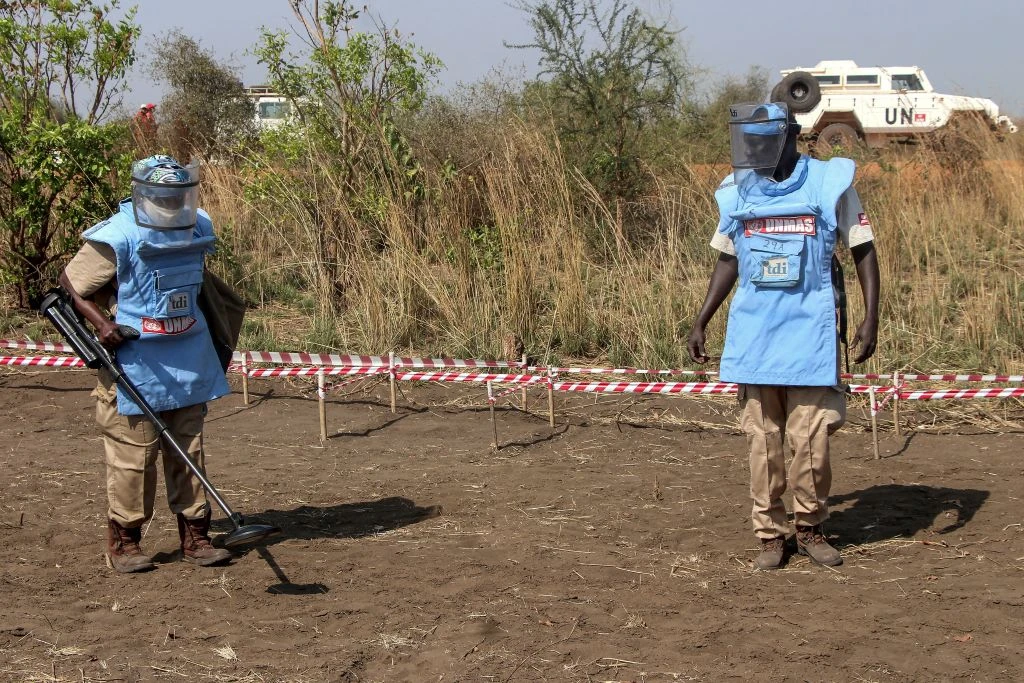
A team of landmine experts under the UN Mine Action Service is next week expected to conduct assessment on unexploded ordinances (UXOs) at Kalthok in Awerial County, Lakes State.
This follows an incident in which a 12-year-old boy lost his life to explosive on Tuesday this week.
The deceased boy was identified as Ariik Ghai Mading. He was playing with the explosive he had thought was a harmless object when it exploded, according to area police.
Kalthok, Waatnom and Pulawaar are major former war zones in Awerial suspected of being affected by landmines planted during the 21-year liberation struggle.
Officials say people resettled in the areas before the landmines were removed.
Moses Makuach Ajot, who coordinates the activities of Mine Risk Awareness in the county, says the team set off from Yirol this Thursday and they will proceed to Kalthok to conduct a survey.
“Firstly, they will talk with the community leaders at Kalthok when they arrive so that they understand the history of the area before they come up with any decision,” Makuach told Mingkaman FM. “I am certain, they will possibly do clearance.”
He advised the community members to avoid touching any explosive device.
As South Sudan struggles for peace, it’s still demining the threat posed by thousands of land mines from the 21-year civil war.
The landmines and unexploded ordinance have claimed and injured more than 5,000 South Sudanese since 2004, according to the United Nations Mine Action Service (UNMAS).
In June 2022, the UN Office for Refugees said experts from UNMAS had destroyed more than one million explosive devices in South Sudan, including 40,121 mines; 76,879 cluster bombs; and 974,968 other unexploded devices.
The total contamination area is now estimated to be around 16.1 km² (approximately 2,285 football pitches) with 345 remaining tasks comprising 112 AP minefields, 74 AT minefields and roads, 125 cluster munition strikes, and 34 confrontation areas.